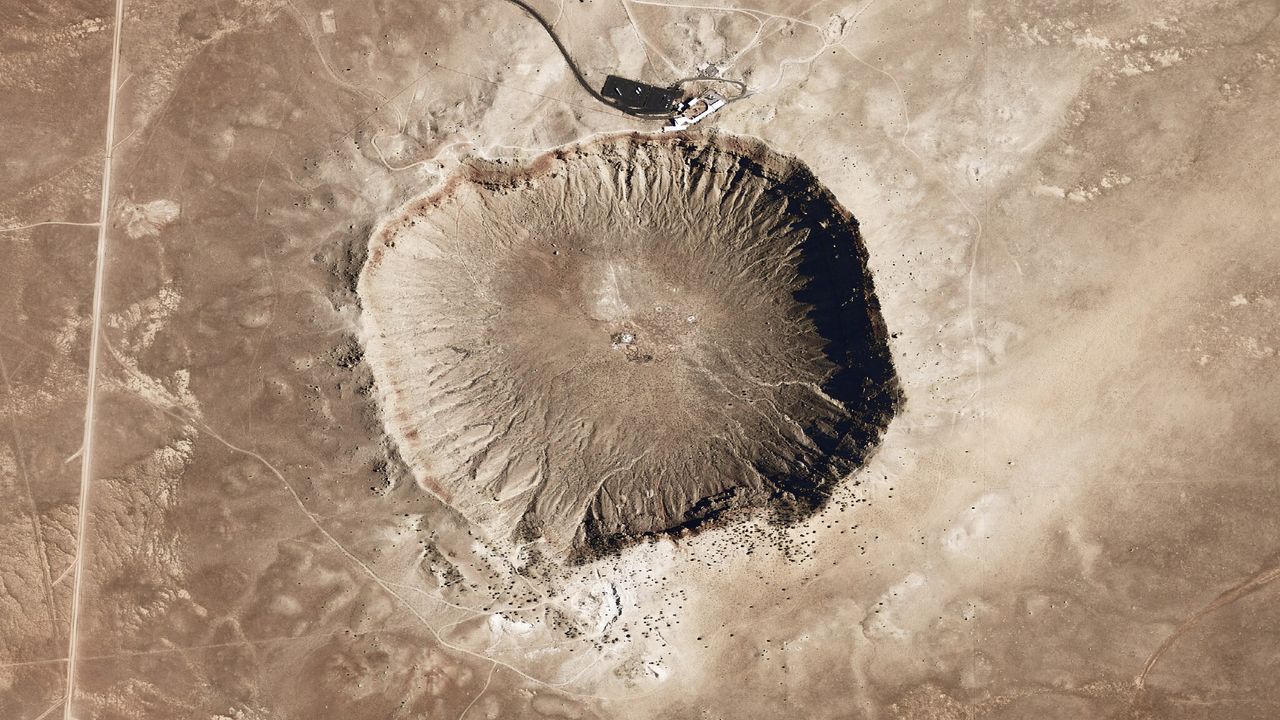A recent study has determined that what was once thought to be Earth’s oldest impact crater is significantly younger than previously believed. The crater, located in the remote Pilbara region of Western Australia, was originally estimated to have formed around 3.5 billion years ago. However, new findings published in Science Advances suggest it actually occurred after 2.7 billion years ago, making it at least 800 million years younger than earlier estimates.
The crater, now known as the Miralga impact structure, is situated in an area called North Pole Dome. This hot, arid landscape is characterized by ochre-stained rocks. Initially, researchers claimed that the crater, which was said to span more than 100 kilometers in diameter, could have influenced the development of the continental crust in the region and possibly even early life. In contrast, the latest investigation has concluded that the crater’s diameter is closer to 16 kilometers, making it too small to have had any significant impact on either continental formation or the emergence of life.
Both studies agree that the site is indeed an ancient impact area, as evidenced by the presence of shatter cones, which are unique formations created by shock waves from meteorite impacts. The new name, Miralga, was chosen in consultation with the local Aboriginal community, the Nyamal people, reflecting the cultural significance of the site.
Determining the crater’s age involved careful field observations since neither study could find materials suitable for radiometric dating. Geologists used the law of superposition, which states that younger rock layers are deposited over older ones. The earlier study identified shatter cones within a sedimentary layer dated at 3.47 billion years, leading to the assumption that the impact occurred around that time. However, the latest research found shatter cones not only in the ancient rocks but also in younger lava deposits known to have erupted 2.77 billion years ago.
This evidence indicates that the impact must have occurred between 2.7 billion years ago and 400 million years ago. The precise age remains uncertain as ongoing research aims to apply isotopic methods for more accurate dating.
The smaller size of the Miralga impact structure changes its scientific relevance. At 16 kilometers in diameter, it is far less significant than initially posited. The crater’s formation occurred in a geological context where the Pilbara region was already well-established.
While not the oldest impact crater, the Miralga structure is scientifically valuable. Its formation in ancient basalt is notable, as such craters are rare. The basalts in this region are some of the oldest shocked target rocks known, having been altered by seawater before the impact. Nearby sedimentary rocks also contain some of the earliest known fossils on Earth, indicating that this site could provide insights into early life on both Earth and Mars.
As planetary scientists continue to study this crater, it may serve as a critical reference point for understanding cratered surfaces and the potential for life on Mars. The Miralga impact structure offers an accessible location for testing exploration instruments and imaging techniques that may one day be used on the Martian surface.
